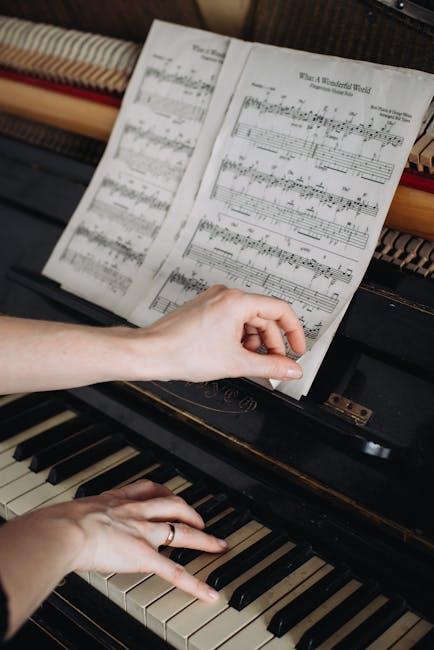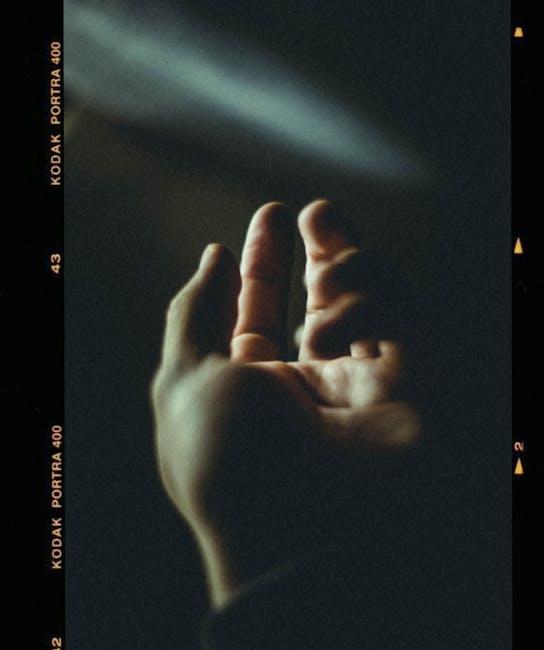In the ever-evolving landscape of cinema, film scores have emerged as pivotal elements that transcend mere background accompaniment, shaping and enhancing the viewer’s experience in profound ways. As an integral component of storytelling, music in film has undergone a significant transformation, adapting to technological advancements and shifting audience expectations. This article delves into the evolution of film score composition, exploring how innovative techniques and diverse musical styles have elevated the cinematic experience. By examining key developments and influential composers, we uncover the power of music to evoke emotion, build tension, and create unforgettable moments that resonate long after the credits roll.
Understanding the Historical Context: From Silent Films to Symphonic Scores
In the early days of cinema, silent films relied heavily on live musical accompaniment to convey emotion and narrative. Pianists and orchestras played in theaters, improvising or following loosely written scores to enhance the visual storytelling. This era laid the groundwork for the integral role of music in film, establishing a tradition of using sound to bridge the gap between the audience and the on-screen action.
As technology advanced, so did the sophistication of film scores. The introduction of synchronized sound in the late 1920s marked a turning point, leading to the emergence of the symphonic score. This period saw composers like Max Steiner and Erich Korngold crafting lush, thematic compositions that defined the golden age of Hollywood. Their work demonstrated how music could elevate narrative depth and emotional resonance, setting a standard for future generations. Key elements that emerged during this time include:
- Thematic motifs: Recurring musical themes that represent characters or ideas.
- Leitmotifs: Specific themes that evolve with the narrative.
- Orchestration: The use of diverse instruments to create a rich tapestry of sound.

The Role of Technology in Shaping Modern Film Scores
In the realm of film scoring, technology has emerged as a powerful catalyst, transforming the way composers create and audiences experience cinematic music. Digital audio workstations (DAWs) and sophisticated software libraries have democratized access to a vast array of sounds, enabling composers to craft intricate scores that were once impossible to realize. These tools allow for experimentation and innovation, giving rise to scores that blend traditional orchestration with electronic elements, creating a rich tapestry of sound that enhances storytelling.
- Virtual Instruments: Composers now have access to meticulously sampled orchestras, ethnic instruments, and synthesized sounds, expanding the palette of musical expression.
- Interactive Scoring: Adaptive music technology enables scores to respond dynamically to a film’s narrative, providing a seamless integration of music and visual storytelling.
- Collaboration and Accessibility: Cloud-based platforms facilitate collaboration among composers, producers, and directors, allowing for real-time feedback and iteration.
These technological advancements not only enhance the creative process but also allow for a more immersive audience experience, elevating the emotional impact of films through innovative musical landscapes.

The Psychology of Music: How Scores Influence Audience Emotions
Music possesses an unparalleled ability to evoke emotions, a power that film scores harness to guide audience reactions. At its core, the connection between music and emotion is deeply rooted in psychology. A well-crafted score can amplify the tension of a suspenseful scene or heighten the joy in a moment of triumph. Through the use of tempo, key, and instrumentation, composers can subtly manipulate how viewers perceive a narrative, making them feel anxious, elated, or even nostalgic.
Several psychological mechanisms are at play when music influences emotions in film:
- Association: Music can trigger memories or associations, linking specific sounds to emotions.
- Expectation: Audiences anticipate certain musical cues, creating tension and release.
- Physiological Response: Rhythms and harmonies can elicit physical reactions, such as increased heart rate or chills.
By understanding these elements, composers craft scores that not only complement but elevate the visual storytelling, ensuring that music remains an integral part of the cinematic experience.

Crafting the Perfect Score: Techniques and Tools for Aspiring Composers
The art of composing a film score has transformed dramatically over the decades, driven by evolving techniques and innovative tools. Today, aspiring composers have access to a plethora of resources that can enhance their creative process and elevate the cinematic experience. Understanding the nuances of film scoring requires a blend of technical skill and emotional intelligence. Composers must create music that not only complements the visuals but also deepens the audience’s emotional connection to the story.
- Digital Audio Workstations (DAWs): Essential for modern composers, these platforms offer a comprehensive suite of tools for arranging, editing, and producing music.
- Virtual Instruments: Expanding the sonic palette, these allow composers to experiment with a wide range of sounds and textures without the need for live orchestras.
- Sample Libraries: High-quality samples provide the ability to mimic real instruments, adding depth and realism to compositions.
Mastering these tools enables composers to craft scores that are not only technically proficient but also emotionally resonant. By leveraging both traditional techniques and modern innovations, today’s composers can create soundtracks that are as dynamic and impactful as the films they accompany.

